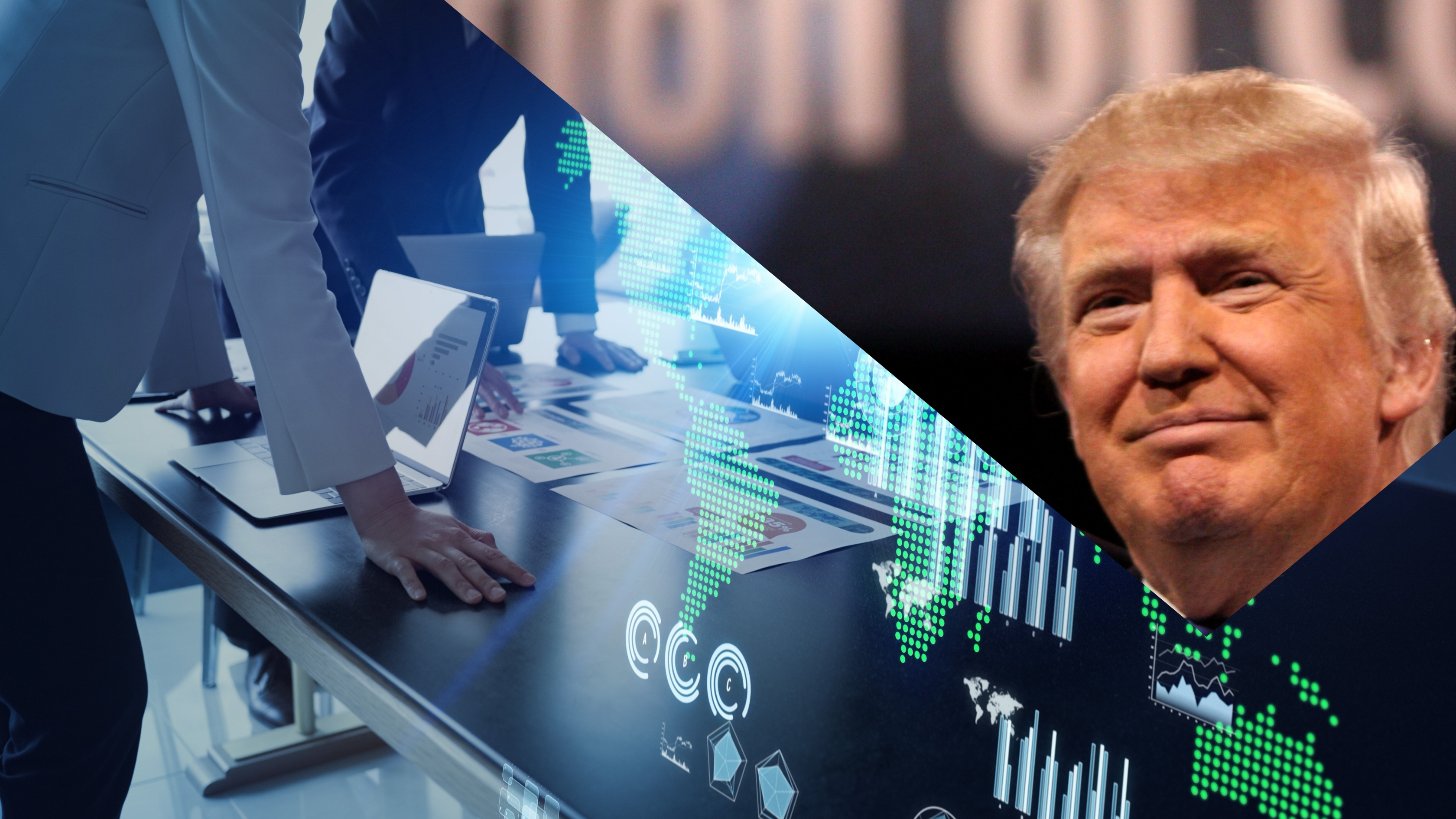Ever since 2016, INET researchers confirmed the significance of economic issues in Trump’s ascendency.
Understanding elections is always a rear-view mirror experience. Both election returns and published exit polls are partial and they stay that way for many weeks afterward. Returns take a while to count in full even with the best will in the world, while the media does not make data from its exit polls fully public. They only print excerpts, fueling any number of foolish debates. Scholarly exit polls that researchers can actually examine take even longer to appear.
But many analysts are already recognizing how crucial economic issues, and especially inflation and its effects on real wages, are to what happened on Nov. 5. And that those issues cost Democrats dearly, as even a casual study of published exit polls will show.
INET researchers never made the mistake so many analysts did after 2016: From the beginning, they strongly emphasized the importance of tariffs and economic squeezes on working Americans in voting, alongside the racial and cultural pitches that the Trump campaign made. As artificial intelligence and machine learning approaches started seeping into social science, INET researchers used those to shed further light on the way those issues affected Trump and his voting base in the Republican Party. Those studies again confirmed the significance of economic issues in Trump’s ascendency.
That machine learning research also highlighted some pitfalls of assessing Trump’s economic record. In sharp contrast to many mainstream analysts, INET researchers recognized that incomes and working hours, if not always wages, did increase for many Americans during the Trump presidency. These were short-run impacts, very different from the upwardly redistributive effects of the tax and regulatory policies the administration pursued. But they were real and when things went south in 2020 and after, they remained in voters’ memories.
More recently, in contrast to many mainstream Democratic assertions that the Biden administration was presiding over some kind of labor market revolution in favor of American workers, INET researchers demonstrated that real wage losses from inflation fell heavily on most Americans. They verified those claims in not one, but two later studies. The first of these could not have been plainer: Trump vs. Biden: The Macroeconomics of the Second Coming. The last surveyed the carnage in America’s dual economy traceable to policy mistakes and bad economic theories, concentrating on the Federal Reserve.
These later papers showed in detail why the widely sponsored claims that the initial Biden stimulus package was responsible for inflation were false: INET research showed that the stimulus money was spent well before the supply shock inflation took off. By contrast, the lopsided wealth effects of the Federal Reserve’s quantitative easing certainly did fuel inflation by vastly increasing consumer spending by the rich.
Those claims were fiercely resisted. Now a new Federal Reserve paper strongly indicates both contentions were right. As it summarizes:
“Low-income households appear to benefit more from pandemic-era stimulus. In percentage terms, low-income households increase their spending by more than middle and high-income households in 2020 and early 2021. The large jump in the average spending of low-income households in early 2021 coincides with the last stimulus program….
The spending behavior of low, middle, and high-income households begins to diverge in mid-2021. Between mid-2021 and mid-2023, middle and high-income households maintain or increase their real average spending; low-income households reduce their real average spending compared with mid-2021 levels.”
But spending by the affluent kept surging and the wealth effect is a likely source:
“High-income households might experience a wealth effect as their homes and investments increase in value, while they also receive more interest and investment income during periods of higher interest rates, all providing a stimulus for sustained levels of spending….”
Election analysis needs a drastic reorientation. Just as in 2016 and 2020, the electoral consequences of ignoring economic realities are crucial to understanding the outcome, even if we all agree that other issues and concerns also played roles.





